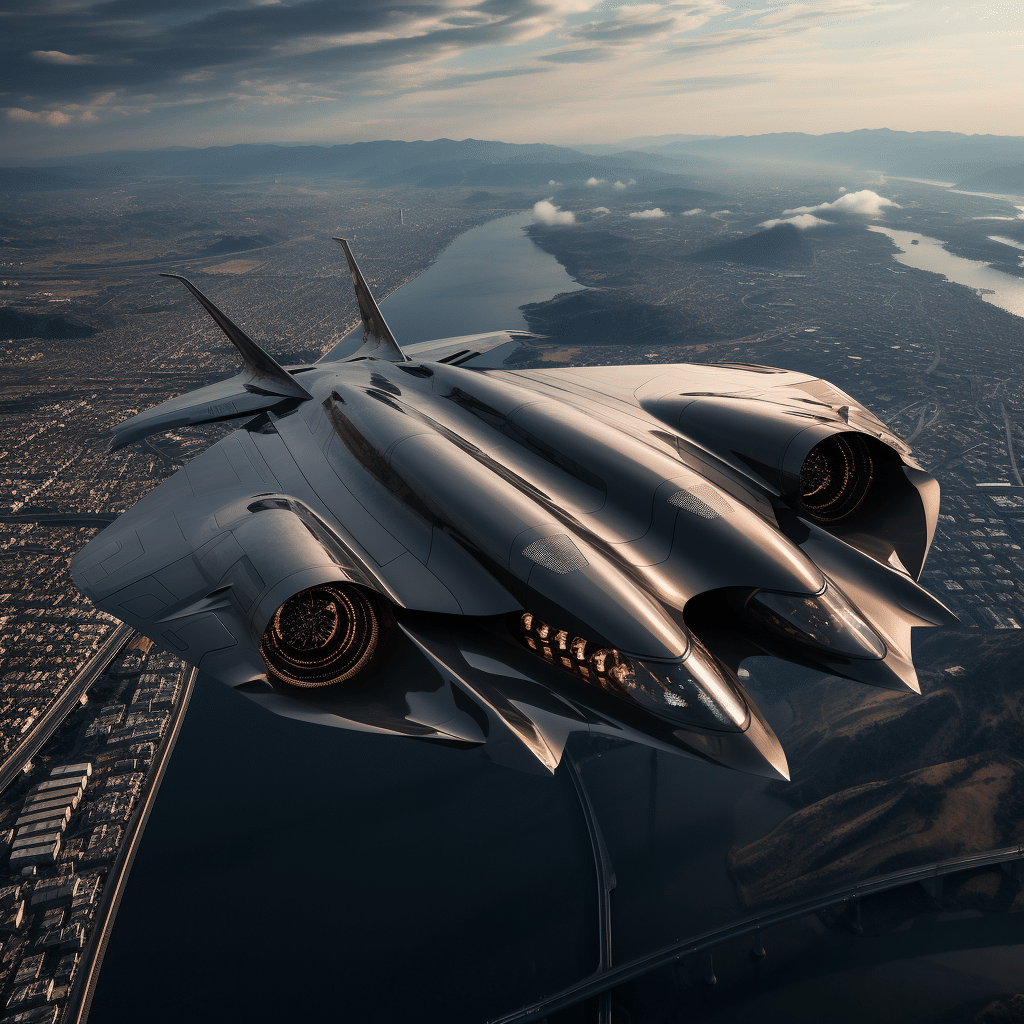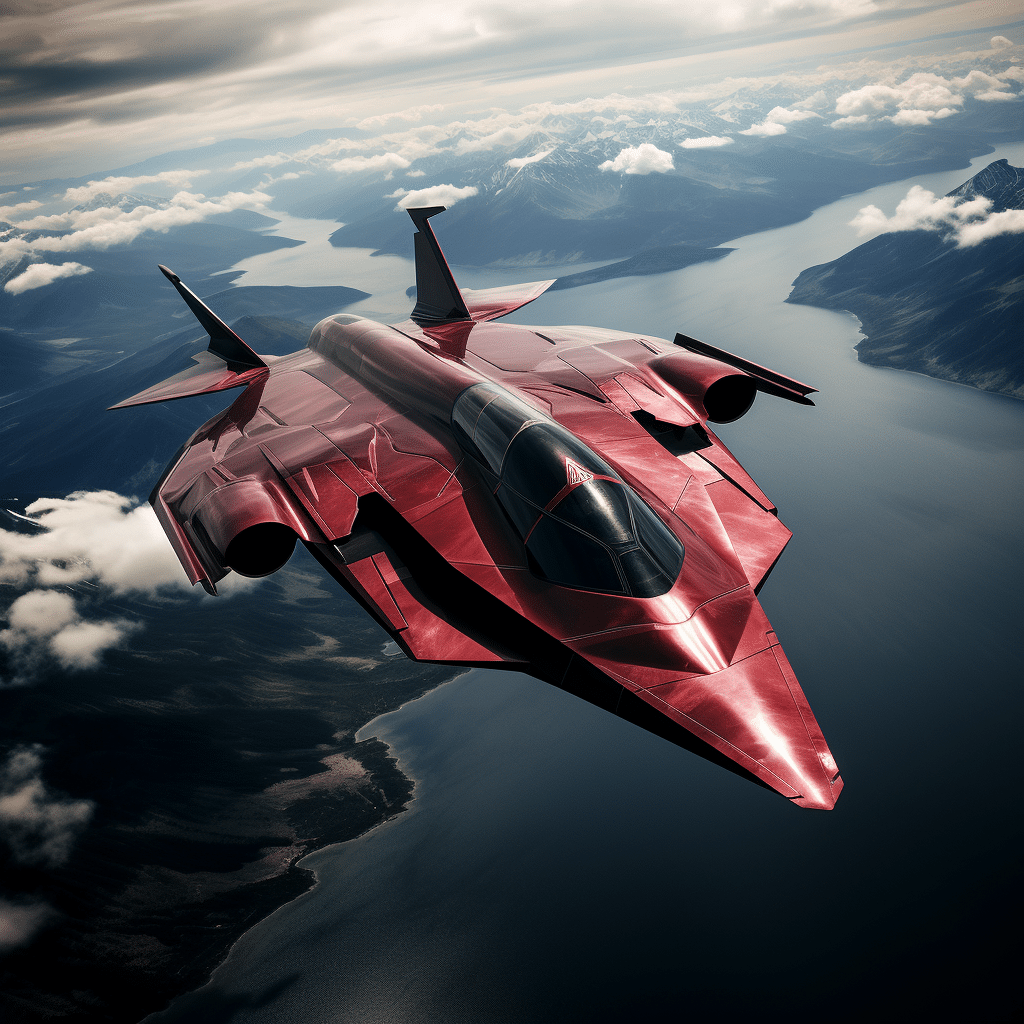Soaring Through the Sky: The Fastest Plane in The World in 2024
Ever since Orville and Wilbur Wright took to the skies, our fascination in faster, higher and farther flight has surged. Now, the pursuit for the fastest plane in the world has pushed the extremes of aeronautical engineering, with impressive leaps in speed coming from advancements in design, material, and propulsion technology.
Today, the speed of aviation continues to break previously set limitations. The “How fast do Planes fly” question keeps evolving on its axis, pushing beyond the horizons of technology and engineering. It’s an arms race against gravity and time, with thrilling extents of speed being achieved by the end of 2024.
Crossbreed of Science and Innovation: Understanding the Unparalleled Speed
So, what enables a plane to outrun the competition? Breaking the speed limits isn’t about slapping on extra engines or wings. It’s a calculated blend of advanced materials, aerodynamics, and propulsion systems.
Aircraft engineering is truly a boundary-breaking affair. From utilizing materials designed to withstand scorching hot temperatures to embracing hypersonic airflows, the fastest planes in the world are vertical Endeavors in innovation and determination. Remarkably enough, the essence of speed doesn’t just reside within the jet engines or cutting-edge materials, but also in the aerodynamic designs that minimize drag and optimize fuel efficiency.

| Aircraft Name | Type | Max Speed | Relevant Information |
|---|---|---|---|
| NASA X-43 | Unmanned Aerial Vehicle | Mach 9.6 (7300 mph) | The fastest aircraft in the world. Launched in November 2004 and reached Mach 9.6. |
| NASA X-15 | Manned Rocket Plane | Mach 6.72 (4,520 mph) | Holds the record for the fastest speed by a manned aircraft. |
| SR-71 Blackbird | Strategic Reconnaissance | Mach 3.3 (2,193 mph) | Known as the world’s fastest jet-propelled aircraft that has operated globally in the most hostile conditions during the Cold War. |
| NASA Space Shuttle | Manned Spacecraft | Mach 25 (17,500 mph) | Used for space missions by NASA. It achieved Mach 25, but it was while re-entering Earth’s atmosphere – not in regular flight. |
| Hypersonic Vehicle | Experimental Air Vehicle | Achieved Mach 10 | It’s speed of approximately 7,680 mph or 3.43 km per second was stated to be achieved. But, practically impossible for humans due to G-forces. |
Showcasing the Reigning Champion: The Acme of Speed Mastery
The SR-71, known as the Blackbird, remains the ultimate speed champion. Known for operating globally in hostile airspace with impunity, no other reconnaissance aircraft in history has been able to match its performance. This jet-propelled beast holds the title for being the fastest in the world, soaring high above its contemporaries. But the secret to the SR-71’s prestigious record is not simply in its powerful engines. It lies within its unique design, advanced materials, and intricate systems.
Setting New Records: A Historical Review of the Speed Race
The race for speed has been the essence of aviation since the invention of the aeroplane by the Wright Brothers. From their biplane reaching maximum speeds of just 31 kilometers per hour, to modern jets like the SR-71 Blackbird shattering records at 3,529 km/h (2,193 mph), the journey to the fastest plane in the world has been nothing less than exhilarating.
Milestones have not been limited to the introduction of jet-engine technology and supersonic flight but have also included breakthroughs such as the NASA X-43A, an unmanned hypersonic vehicle, reaching Mach 10 (approximately 12,348 kilometers per hour) in 2004.

Beyond the Norm: Concepts Challenging the Defined Speed Barriers
Never content, inventors and engineers continually challenge the speed ceiling. Current under-development models promise to redefine the perceived boundaries. These hypersonic beauties, including some with AI-integrated systems, aim to make tremendous strides in the quest for the fastest plane in the world.
However, achieving the theoretically possible Mach 10 speed in a manned aircraft introduces a volley of concerns. The enormous G-forces involved would prove catastrophic to a human body, despite the thrill of potentially outracing even the fastest production car in just a second.
Speed Isn’t Everything: Unforeseen Challenges of Extreme Speed
Shattering speed records also comes with its own share of problems. Physics, material limitations, and safety aspects introduce numerous hurdles to the speed quest. While materials designed to withstand scorching temperatures exist, they pose economic and manufacturing challenges. Safety measures needed to protect against extreme G-forces also up the complexity and cost.
Additionally, as we chase speed, more fuel is burnt, intensifying the already escalating environmental crisis. High-speed travel might be incredible, but it’s not without its complications and consequences.

Racing Towards the Future: Speed in The Age of Climate Change
In the era of climate change, tackling the environmental impact of the fastest air travel has become non-negotiable. Green technology is sneaking its way into aviation, challenging engineers to maintain or even increase speed while reducing emission footprints.
Biofuels, electric propulsion, and even solar-powered aircraft are amongst the potential game-changers, with airlines already experimenting with eco-friendly fuel alternatives in passenger flights. The age of climate change could add a new aspect to the ongoing speed race – the fastest AND greenest plane in the world.
Departing Thoughts: A Forecast Into the Unfathomed Heights of Speed
As we look towards the future, the race for the fastest plane in the world is certain to continue. Advancements in material science, propulsion technology and aerodynamics will pave the way for new milestones.
However, in the era of climate change, the chase for speed may need to coexist with sustainability goals. Whether this ushers in an era of green speed demons or forces us to reassess our need for speed remains to be seen. Fasten your seat belts – the flight to unfathomed speed heights is far from over.
Just like a memorable day at one of our recommended winter park Hotels, the journey through the history, present, and tantalizing future of the fastest plane in the world has surely been a thrilling experience, hasn’t it? As Paul Adelstein, a recognized name in the entertainment industry, once said, “In the end, it’s not the years in your life that count. It’s the life in your years.” Cheers to adding more ‘life’ to our years by living life in the fast lane, or in this case, the fast skies!
Can a plane go Mach 10?
Well, now you’re pulling my leg! A plane going Mach 10 is currently a pipe-dream. While there are hypersonic research projects that aim towards achieving such speed, as of now, no traditional aircraft has officially reached Mach 10 due to the enormous aerodynamic and thermal stresses involved.
Which is the fastest plane in the world 2023?
Whoosh! That record goes to the NASA X-43, a sleek, unmanned hypersonic scouter that hit speeds of Mach 9.6 back in 2004. This blazes past any contender in 2023, showing exactly how far we’ve come in aerodynamic design and technology. Ain’t technology grand?
Is the SR-71 still the fastest?
Forgive me, but the SR-71’s reign as the fastest ended a while back. Though its record speed over Mach 3 is still impressive, it’s been surpassed by the snappy NASA X-43. The Blackbird sure had a good run though!
How fast is Mach 10?
Hold onto your hats, folks, because Mach 10 is no Sunday drive. It equates to an eye-watering speed of a tad over 7,600 miles per hour. That’s faster than a speeding bullet, no kidding!
What speed is Mach 20?
Double that previous jaw-dropping speed and you’ll arrive at Mach 20, which equates to around 15,200 miles per hour. That’s moving faster than you can say “Blink and you’ll miss it”!
Was Mach 10 in Top Gun real?
Ah, Top Gun, a classic! However, any mention of Mach 10 is purely Hollywood magic. While the movie is a joy ride, the reality is no existing manned aircraft can reach Mach 10. The magic of the big screen, huh?
What is the fastest fighter jet today?
The F-22 Raptor is currently holding the title for the fastest fighter jet. This lightning fast bird can reach speeds up to Mach 2.25. A bit shy of Mach 10, but still a real speed demon, don’t you think?
How fast is supersonic?
Supersonic speeds start from Mach 1, that’s roughly 767 mph, or in layman’s terms, faster than the speed of sound. Going supersonic is like stepping on the gas and leaving the sound barrier in your dust!
What is the top speed of the F 16?
When it comes to the top speed of the F 16, this bird soars at a maximum speed of around Mach 2. That’s about 1,534 miles per hour, definitely not something you’d clock in your family sedan!
Can a SR-71 outrun a bullet?
No offense to the SR-71, but it couldn’t quite outrun a bullet. It boasted a top speed over Mach 3, but the average bullet travels at speeds in the Mach range of 1.5 to 2.5, so only under perfect conditions might it hold a candle to a bullet.
Can a SR-71 outrun a missile?
Can the SR-71 Blackbird outrun a missile? Oh, dear reader, missiles travel faster than any plane! Though it was designed to outrun threats, most modern-day missiles would likely catch it.
What replaced SR-71?
Actually, the SR-71 was retired without any direct replacement. There have been advanced surveillance drones like the RQ-4 Global Hawk and U-2 Dragon Lady, but none possesses the unique blend of speed, altitude and reconnaissance capabilities of the SR-71.
Is Mach 10 7000 mph?
Say what, now had we been talking about Mach 7 it would have been about 7000 mph, but Mach 10? That’s about 7,612 mph! That’s pretty speedy!
Can a human survive Mach 10?
Surviving Mach 10? That’s a stretch! Extreme speeds subject the human body to high gravitational forces and temperatures, and Mach 10 could likely be fatal. Still, it’s an engineering challenge researchers and daredevils are eager to conquer.
How fast is the Mach 1000?
Aaand, Mach 1000? Let’s not even go there. That would be about 761,200 miles per hour. That’s approaching the speed of light, so unless we want to start discussing relativity theory, let’s just call it inconceivably fast!
Can a pilot survive Mach 10?
A pilot at Mach 10? Yowza! At this point, we’re getting into the realms of science fiction. Human tolerance for such extreme speeds is largely unknown and dealing with the extreme forces involved would certainly require some next-level tech.
What is the highest Mach possible?
The highest possible Mach number is a bit of a trick question. The speed of sound changes with altitude, but in theory, there’s no upper limit to the Mach number. Just be prepared for some gnarly physics if you want to go above Mach 5!
What is the highest Mach ever reached by a human?
Fastest human speed? Well, despite not being able to go Mach 10, astronauts in the Apollo 10 mission reached speeds of approximately Mach 32 on their return to Earth.
How far does a plane go at Mach 10?
Going Mach 10 for an hour would cover about 7,612 miles, roughly the distance from New York to Shanghai and more, in one hour. But remember, no plane has gone that fast just yet.
























